Chattahoochee National Forest
Georgia
Managed by U.S. Forest Service, Southern Region
1,516,006 acres (750,145 federal/ 765,861 other)
Website: https://www.fs.usda.gov/conf
Overview
In mountainous northern Georgia, Chattahoochee National Forest stretches 200 miles east to west, bordering North Carolina, South Carolina, and Tennessee. In addition to the highest point in Georgia (4,784-foot Brasstown Bald), the National Forest includes the headwaters of the Chattahoochee River and one side of the Chattooga National Wild and Scenic River. West of the North Georgia Mountains, the Ridge and Valley Scenic Byway traverses the disjunct portion of the National Forest encompassing Johns Mountain, Little Sand Mountain, and Taylor Ridge.
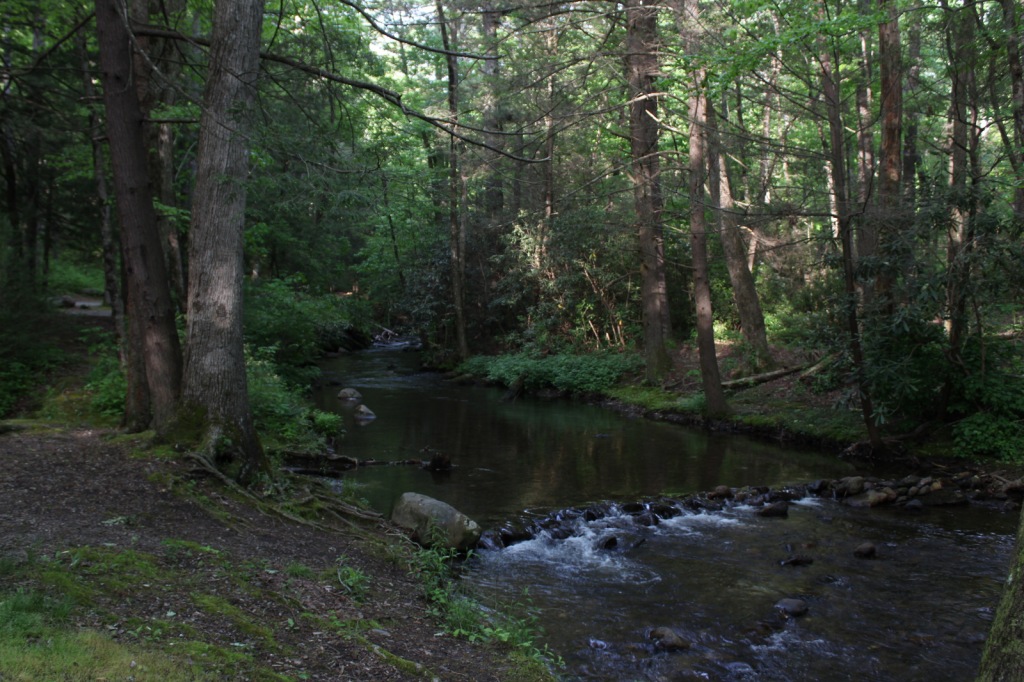
Highlights
Ed Jenkins National Recreation Area, Ridge and Valley Scenic Byway, Keown Falls, Russell-Brasstown Scenic Byway, Brasstown Bald, High Shoal Falls Scenic Area, Lake Conasauga Recreation Area, Anna Ruby Falls, Sosebee Cove Scenic Area, Timpson Falls, Popcorn Overlook, Track Rock Gap Petroglyph Site, DeSoto Falls Scenic Area, Angel Falls, Raven Cliff Trail, Helton Creek Falls Trail, Duncan Ridge National Recreation Trail, Appalachian National Scenic Trail
Must-Do Activity
One of the National Forest’s most popular spots, 150-foot-tall Anna Ruby Falls is accessed by a short trail northeast of Helen, Georgia on State Route 356. Large tulip-poplar and yellow buckeye trees grow in 175-acre Sosebee Cove Scenic Area, even though it is a second growth forest. We will have a separate blog post on Ed Jenkins National Recreation Area, which surrounds Springer Mountain, the southern terminus of the 2,185-mile long Appalachian National Scenic Trail.
Best Trail
Chattahoochee National Forest started when the Forest Service purchased 31,000 acres from the Gennett family in 1911 for $7 per acre. Visitors can still see their namesake Gennett Poplar (a tulip-poplar tree more than five feet in diameter) by hiking 1.8 miles out-and-back with two stream crossings on the Bear Creek Trail. The rows of holes in the old tree’s trunk were made by yellow-bellied sapsuckers, a type of woodpecker. The trail continues and connects with the Pinhoti Trail to form a 6.6 to 9-mile long loop.
Watchable Wildlife
In addition to the plentiful white-tailed deer, other large mammals found in Chattahoochee National Forest include black bears, coyotes, bobcats, red foxes, squirrels, beavers, and river otters. There are a wide variety of songbirds, waterfowl, and raptors, as well as wild turkeys. One insect species of note is the blue ghost firefly, which produces a distinctive blue phosphorescence. Panther Creek is among the approximately 2,000 miles of rivers and streams popular for fishing.
Instagram-worthy Photo
There is a small waterfall at Barnes Creek Picnic Area, which was built by the Civilian Conservation Corps (CCC) in the 1930s.
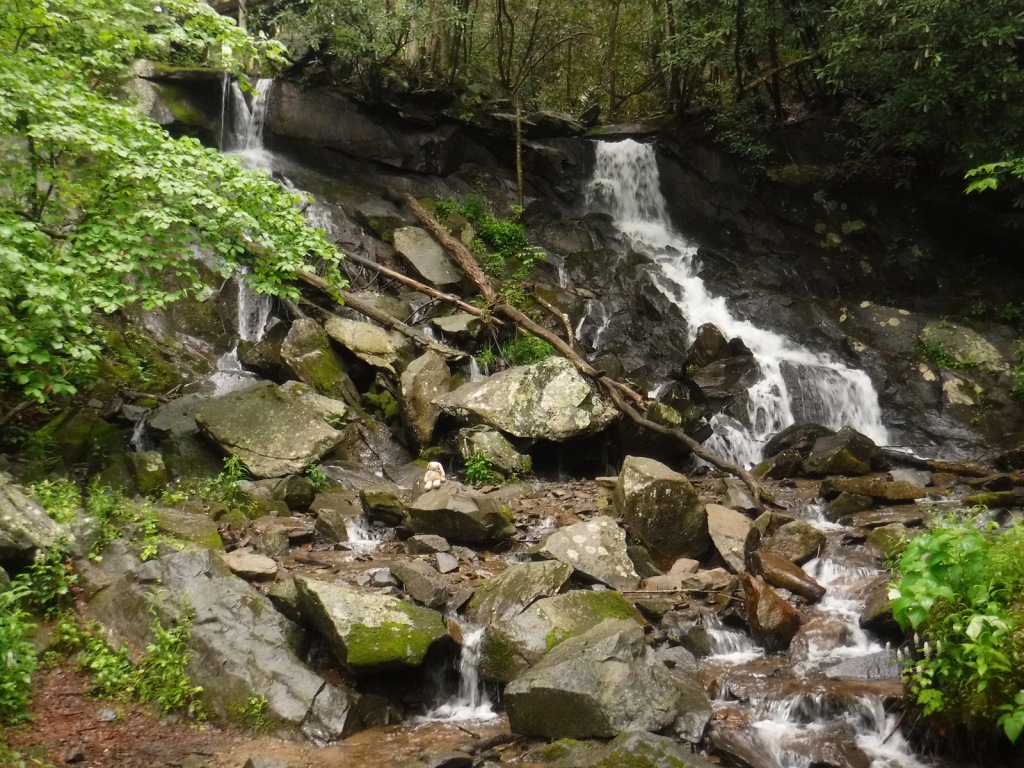
Peak Season
Summer
Fees
None
Road Conditions
Most of the major routes in Chattahoochee National Forest are paved. Forest Service Road 42 that accesses the Springer Mountain Trailhead is unpaved and full of potholes, but it is doable in a passenger vehicle (as are the dirt roads to Hickey Gap Campground and Bear Creek Trail).
Camping
The riverside Hickey Gap Campground is so nice that it made it into our list of the Top 10 Campgrounds in National Forests; the best part is: it is free. We once overnighted at the Locust Stake ORV Area Trailhead north of Atlanta, which was fine until someone decided to ride their motocross bike at 2 a.m.
Wilderness Areas
Big Frog Wilderness (also in Cherokee NF)
Blood Mountain Wilderness
Brasstown Wilderness
Cohutta Wilderness (also in Cherokee National Forest)
Ellicott Rock Wilderness (also in Nantahala and Sumter National Forests)
Mark Trail Wilderness
Raven Cliffs Wilderness
Rich Mountain Wilderness
Southern Nantahala Wilderness (also in Nantahala National Forest)
Tray Mountain Wilderness
Related Sites
Chattahoochee River National Recreation Area (Georgia)
Martin Luther King, Jr. National Historical Park (Georgia)
Ed Jenkins National Recreation Area (Georgia)
Nearest National Park
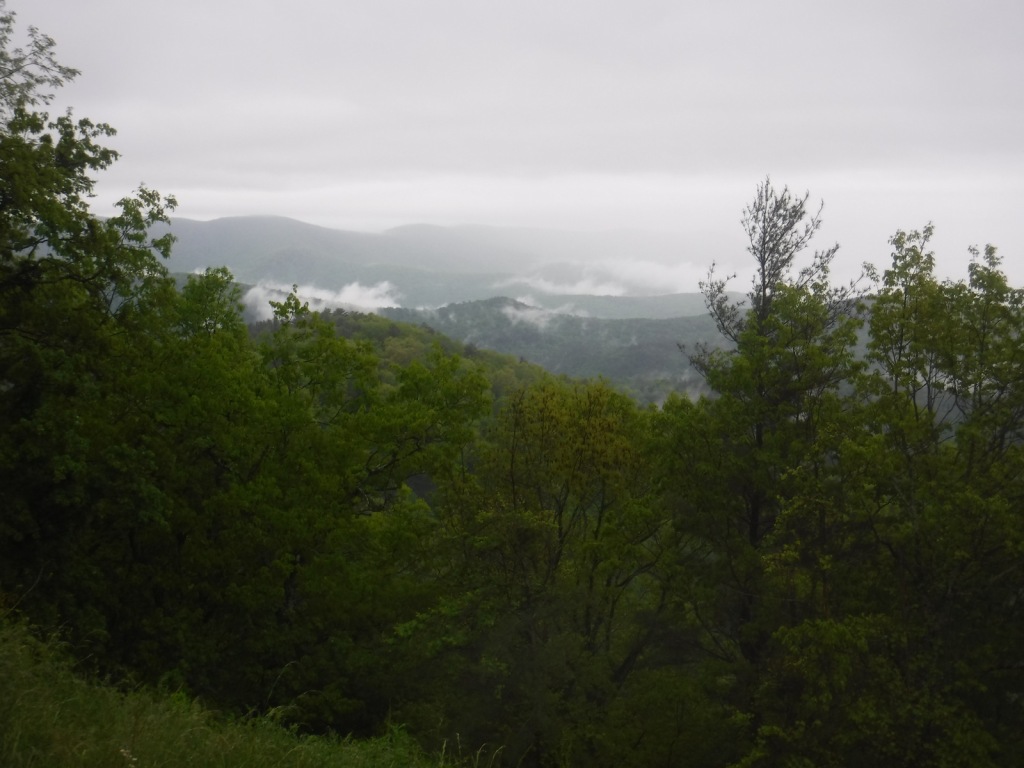
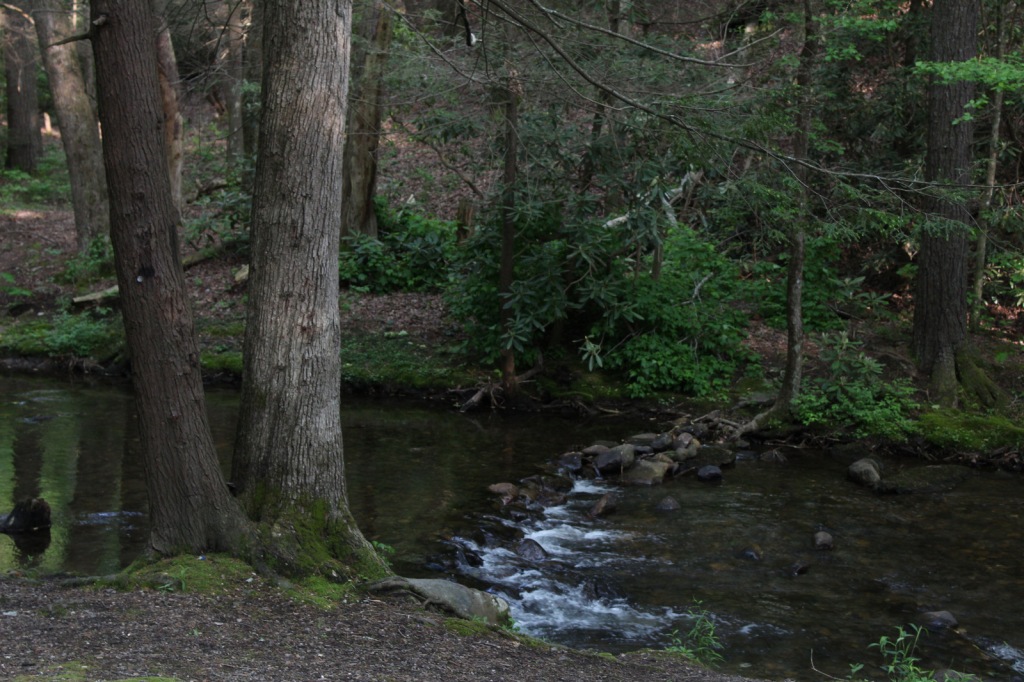
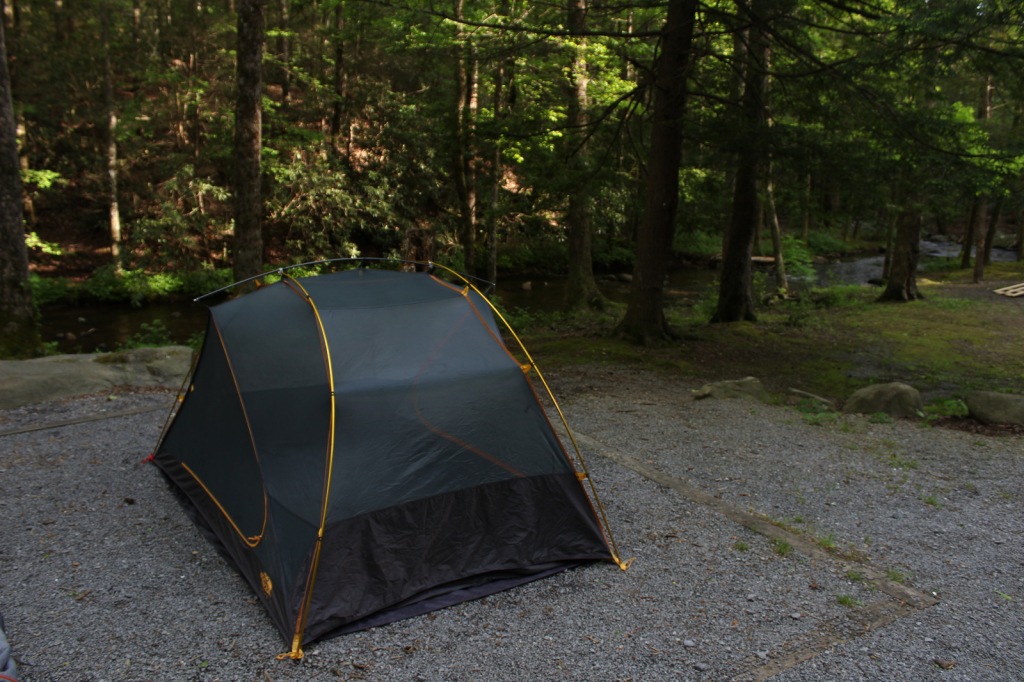
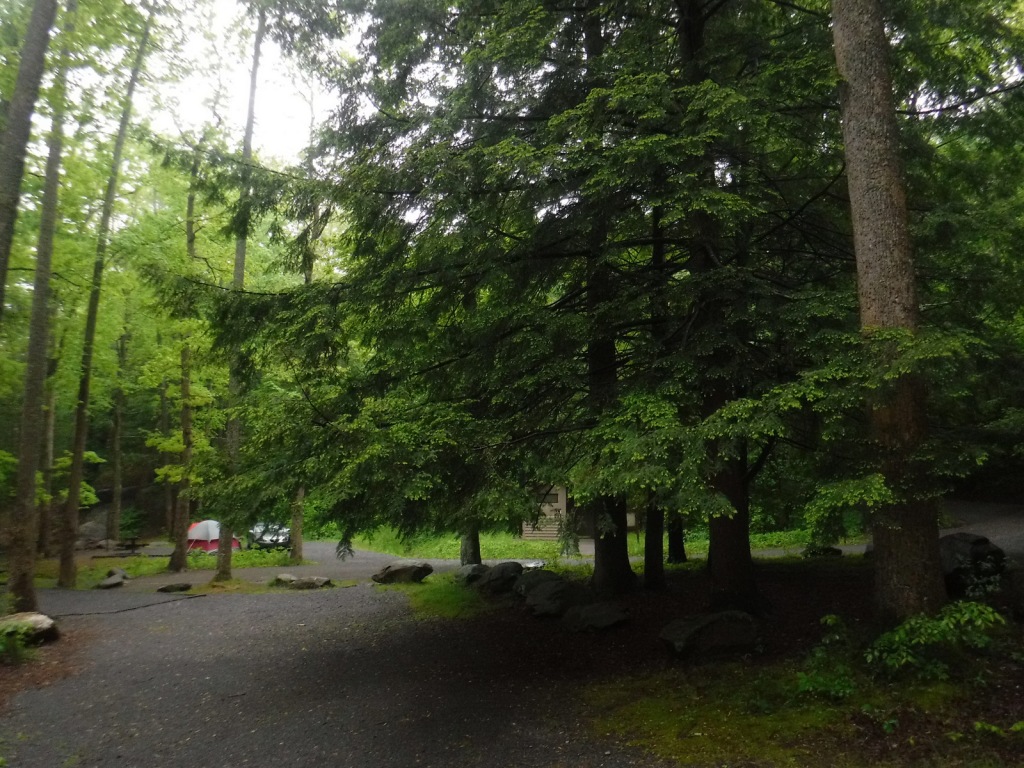
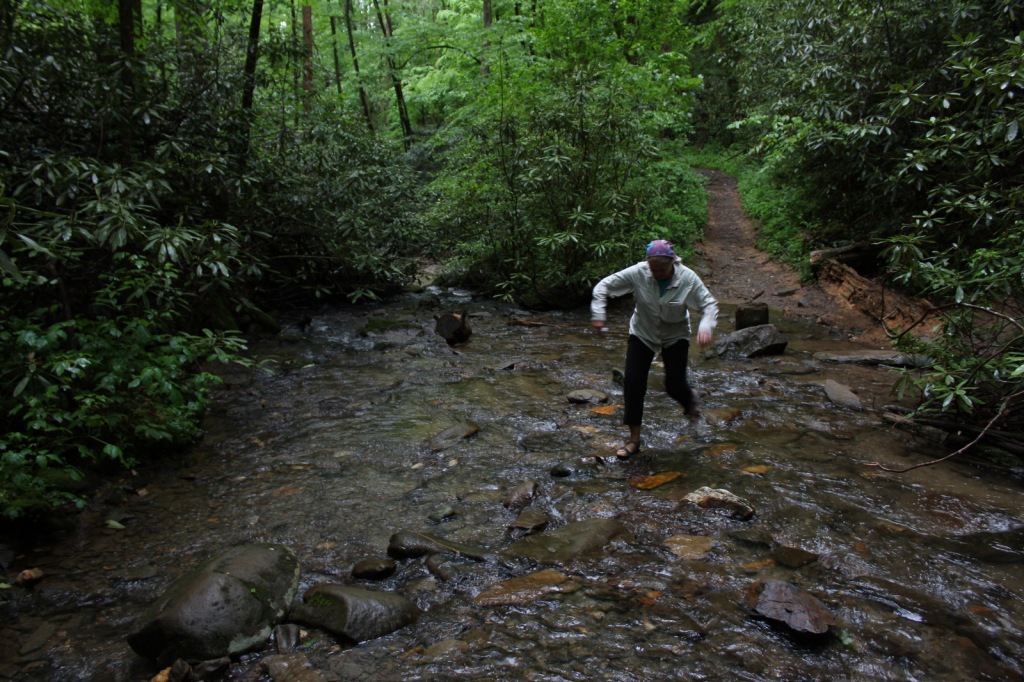
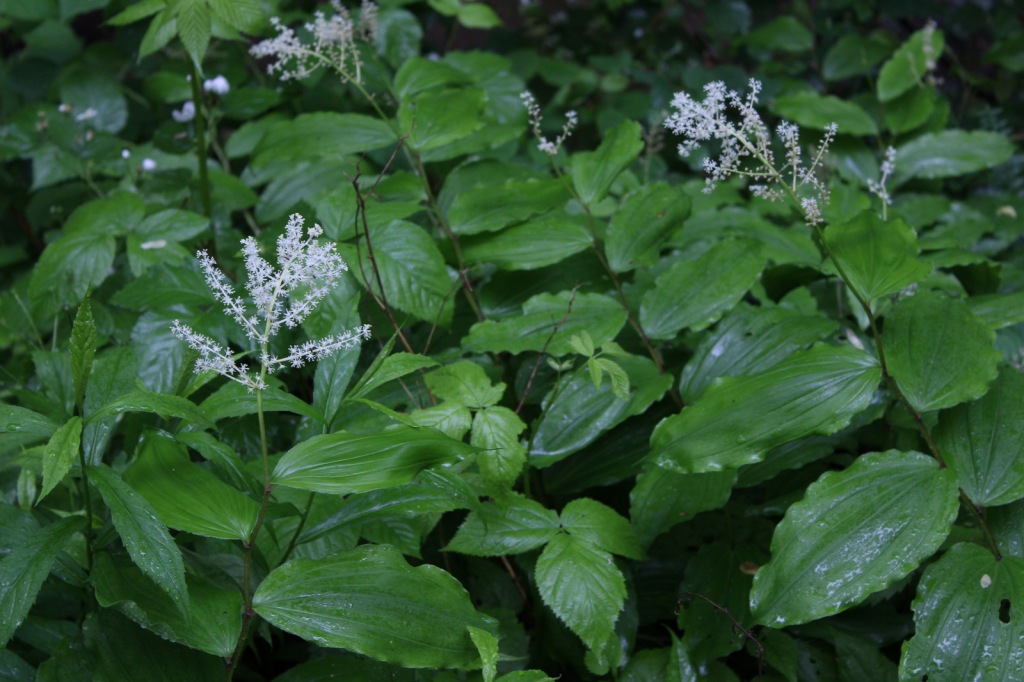
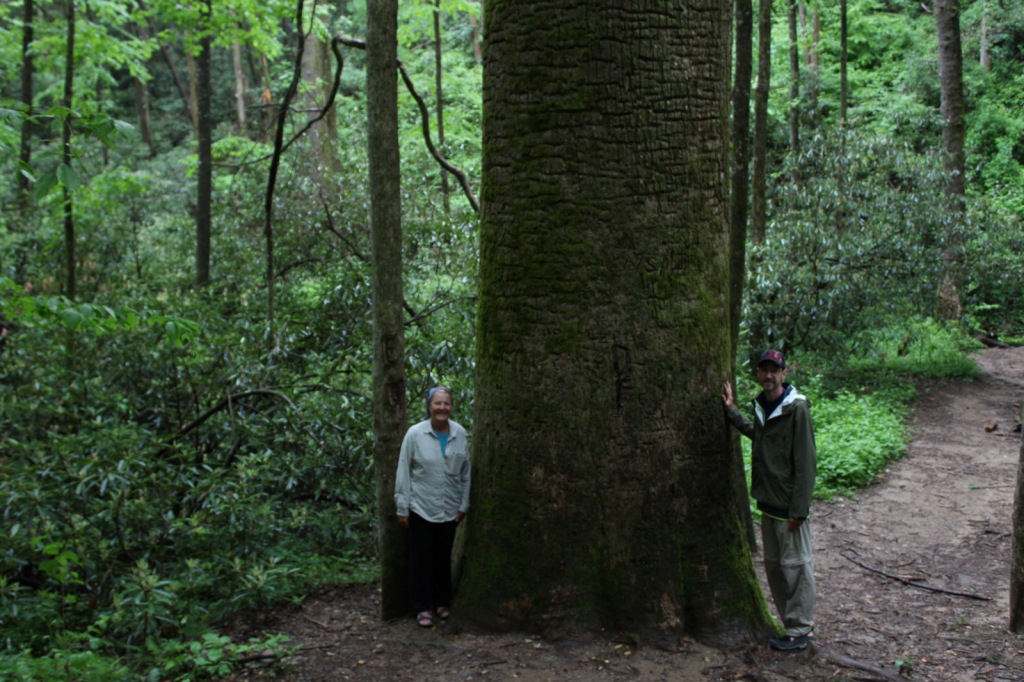
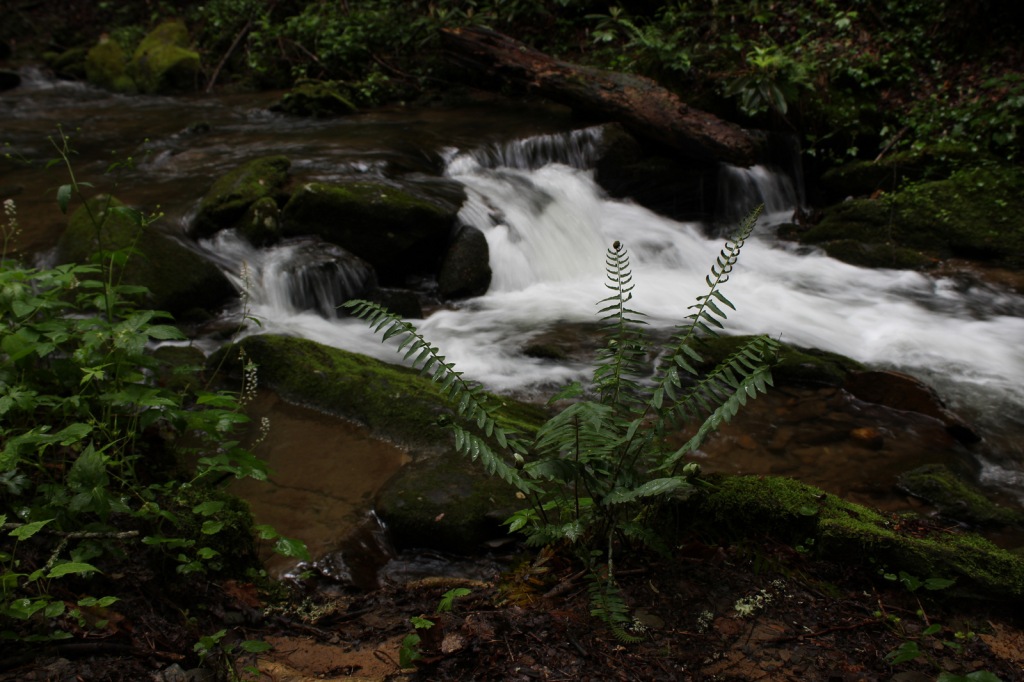
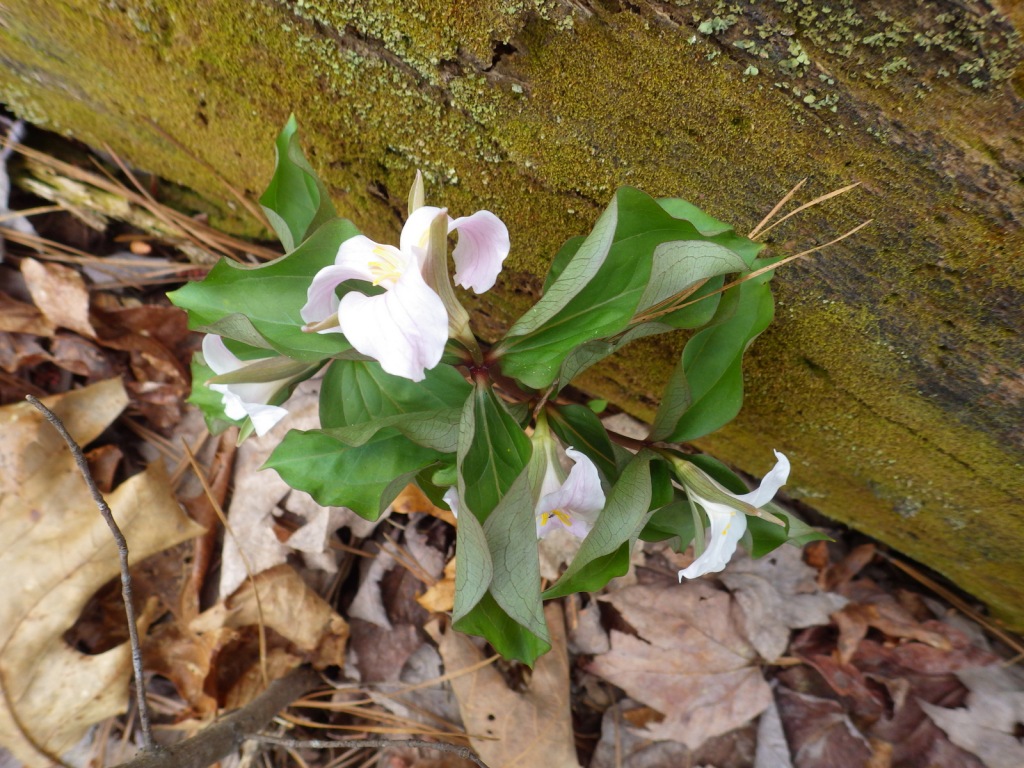
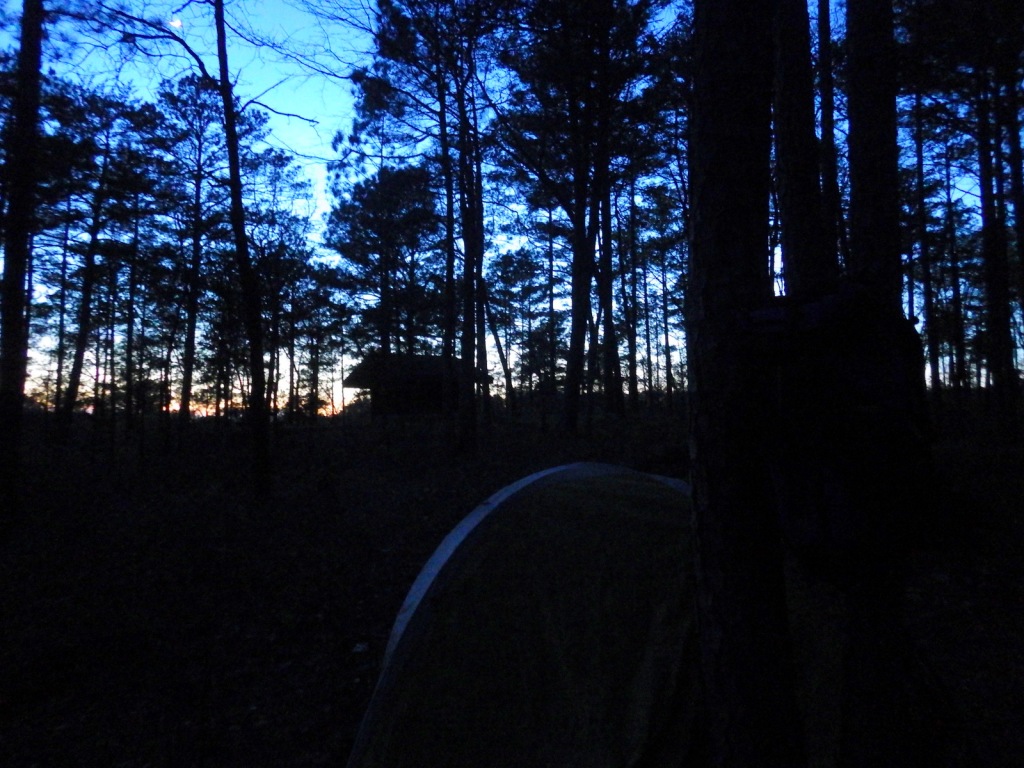
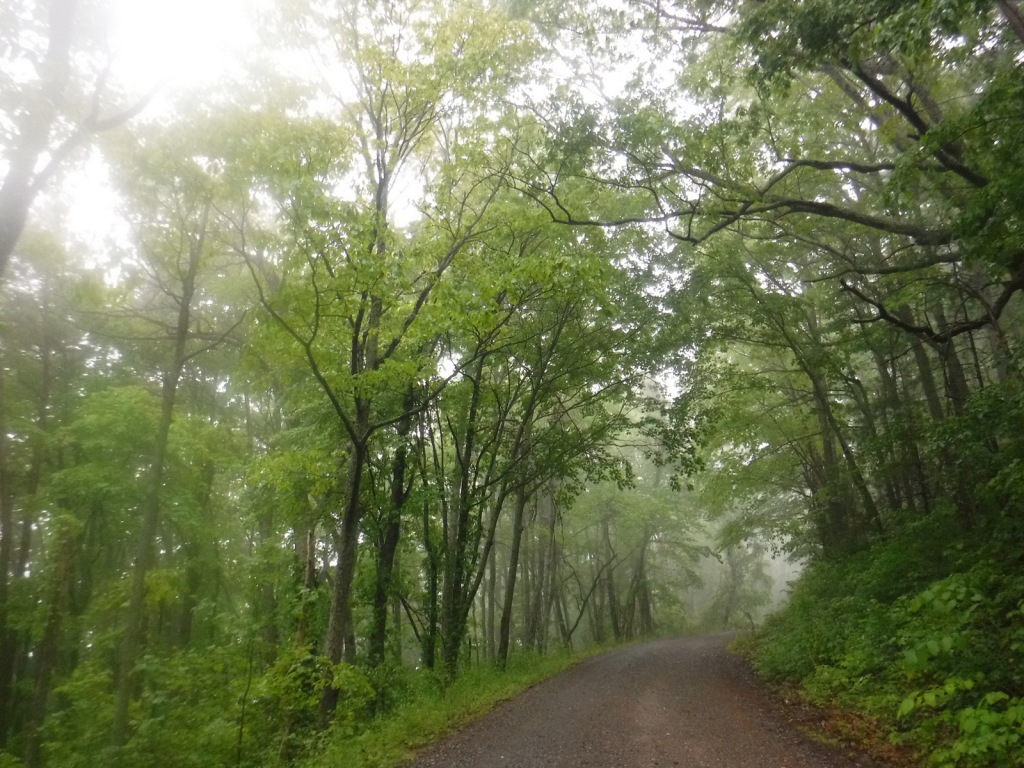
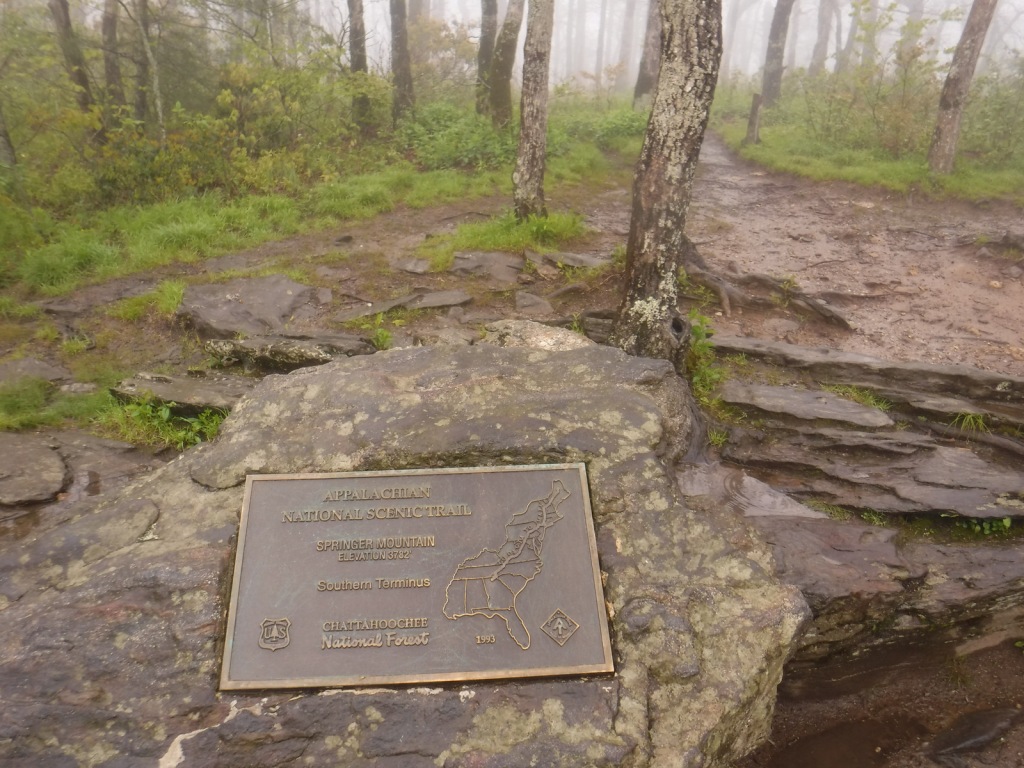
Conifer Tree Species
eastern hemlock, loblolly pine, shortleaf pine, Table Mountain pine, pitch pine
Flowering Tree Species
flowering dogwood, mountain laurel, pawpaw, American beech, white basswood, red maple, mountain maple, moosewood maple, tulip-poplar, sweet buckeye, yellowwood, yellow birch, cucumber magnolia, black cherry, sourwood, pale hickory, mockernut hickory, rock chestnut oak, scarlet oak, black oak, Catawba rhododendron, yellow birch, sweet bay magnolia, mountain-ash, ninebark
Explore More – How many acres are within the Cohutta Wilderness, the largest designated Wilderness east of the Mississippi River?
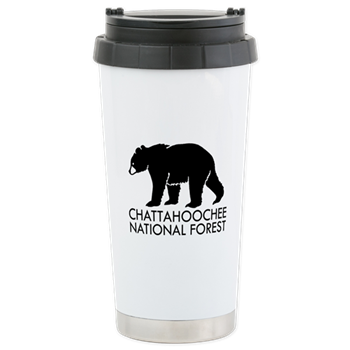

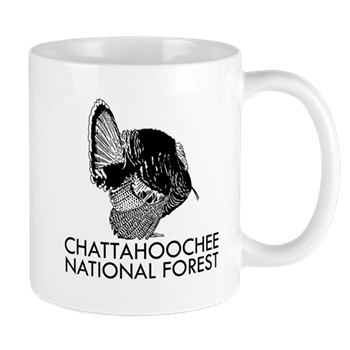
Learn more about Chattahoochee and the 154 other National Forests in our new guidebook Out in the Woods

We are a participant in the Amazon Services LLC Associates Program, an affiliate advertising program designed to provide a means for us to earn fees by linking to Amazon.com and affiliated sites.
